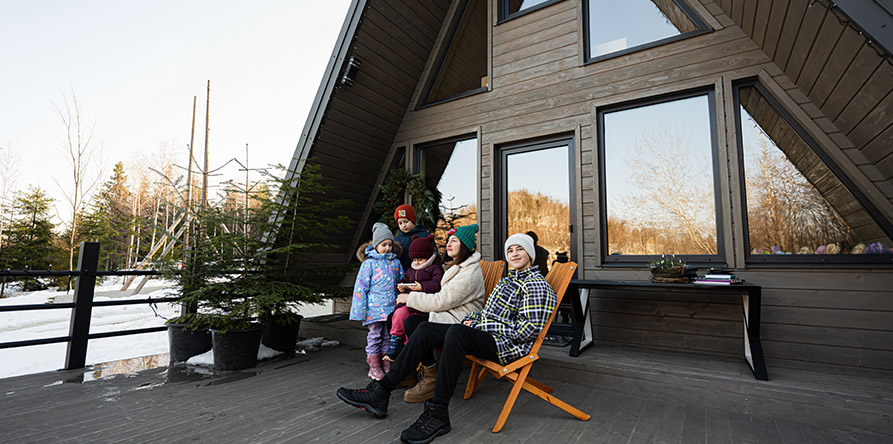
What Canada’s new capital gains rules mean to cottage owners and their families
For many Canadians, summer wouldn’t be summer without time at the camp or cottage – especially one that may have been in the family for generations. However, a recent change to the capital gains inclusion rate has some families worried about the future of their summertime abode.
A “capital gain” refers to the difference between what you paid for an asset, such as a stock or property, and what you sold it for. Under the original rule, only 50% of any capital gains you realized in a year would be subject to tax at your marginal rate. That changed in June 2024, when the federal government tweaked the rules, raising the inclusion rate if your capital gain is over $250,000. With the change, 66.7% of any capital gain above $250,000 will be taxed at your marginal tax rate, while the inclusion rate for capital gains below the new threshold will remain at 50%.
Capital gains tax could affect cottage owners.
The changes to the inclusion rate could come as a shock to some cottage owners, especially those who own property with large accrued gains, particularly in the more sought-after areas in Canada, like the Laurentians in Quebec, the Muskokas and Kawarthas in Ontario, or Whistler or Canmore out west, explains Michelle Munro, Fidelity Canada’s Director of Tax and Retirement Research. “For some families, this could be unexpected and a big tax hit.”
Here’s an example of how the new capital gains rules work. Let’s say you bought a cottage years ago for $100,000, but it’s now worth $700,000. If you decide it’s time to sell, or to pass the cottage on to your adult children, that property would trigger a $600,000 capital gain.
Because of the change, roughly $358,333 of your capital gain would be subject to tax under the new rules instead of the $300,000 it would have been before, resulting in a higher tax bill.
Tax planning for capital gains
While the change doesn’t affect investments held in tax-sheltered investments such as RRSPs, RRIFs or TFSAs, it does affect securities held in non-registered investment accounts, and assets such as secondary properties or even art. Munro notes that the change to the capital gains tax inclusion rate could complicate estate planning.
You might plan to give the cottage to family, but from a tax perspective, all your assets are deemed to be sold when you pass away, and the family or estate has to cover the taxes on the capital gains, Munro explains. “Effectively, it’s an increase in the estate tax,” she says.
“So, when you are estate planning, if you think you’re going to trigger the higher capital gains inclusion rate, let’s think about smoothing that and selling that prior to death, and keeping below that $250,000 annual threshold to have that lower inclusion rate.”
As you do your estate planning, consider having a conversation with a financial advisor to determine what taxes your estate could be subject to.

